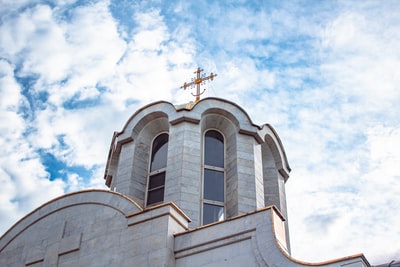
A chemical reaction rate can be altered in a number of ways. By changing the:
- concentration of reacting particles
- system’s temperature
- addition of a catalyst
- pressure of the system (if some of the particles reacting are in the gas phase)
- size of the particles (is some of the particles reacting are in a solid state)
——————————————————
Concentration of reacting particles

Therefore: by increasing the concentration the rate of reaction is faster because the collision frequency is higher.
The activation energy, collision energy and, therefore, the fraction of successful collisions are not affected.
——————————————————
System’s temperature

- Collision energy: an increase in temperature causes the distribution of molecular energies to change so the mean kinetic energy of the particles also increases thereby increasing the collision energy.
Therefore: for a given activation energy a temperature increase will lead to an increase in the number of particles colliding with an energy which is equal or greater than the activation energy.
The higher the temperature the larger the fraction of particles with enough energy to react and so the higher the percentage of successful collisions. Thereby, the rate of reaction increases.
- Collision frequency: molecules have more kinetic energy at a higher temperature and so are moving more rapidly. This means that the frequency of collisions is higher and so the rate of reaction increases
Compared to an increase in collision energy, an increase in the rate of reaction is not very large when collision frequency is increased. In fact, when the temperature is increased an increase in collision energy amounts to about 95% of the increase in rate for a reaction. The activation energy remains unchanged.
In general, by raising the temperature by 10